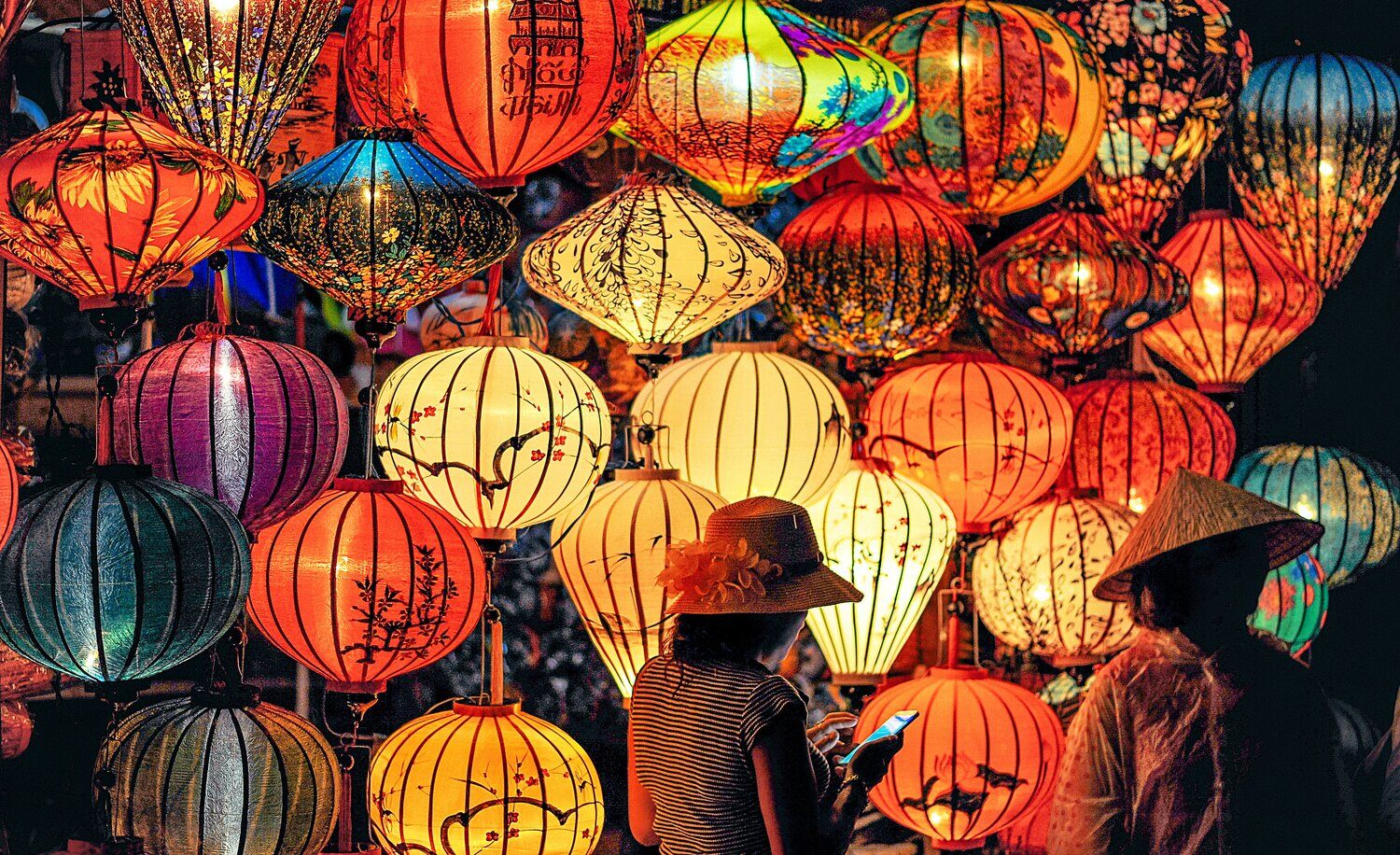Hot Pot China recently hosted its first offline event since pre-pandemic at the stunning RSA House in London. The event, entitled China Ecommerce: The Now & Next, brought together brands and businesses from a variety of sectors, all with the common aim of learning more about the China Ecommerce landscape.
In this event wrap-up, we have summarised the five topics that our guests were most interested to learn more about. All five present significant opportunities as well as challenges for businesses engaging with China, and are fundamental things to consider when developing an Ecommerce strategy.
They are social commerce, KOLs, live-streaming, O2O and marketing spend.

Through lively roundtable discussion, the Hot Pot team got invaluable insight into the core challenges for businesses engaging with China’s Ecommerce platforms.
Event wrap-up
To kick off the event, guests were welcomed by Hot Pot CEO and Founder, Jonathan Travers-Smith. This was followed by a thought-provoking presentation from Head of Commercial Strategy, Adam Sandzer, and Creative Strategist, Ashley Zhang. Adam and Ash covered key topics and trends, including the reality of the big numbers of shopping festivals like Singles Day, social commerce via Douyin and Little Red Book, KOLs and live-streaming, the breakdown of China’s notorious “walled gardens” and omni-channel retailing.
Guests were then invited to join roundtable discussions with the Hot Pot team where they were able to share respective experiences and ask questions around the particular challenges they faced. Through these discussions the Hot Pot team gleaned key questions surrounding Ecommerce in China, which we have pulled into five topics, explored below.
Social Commerce:
Should we be looking at Douyin and LRB for Ecommerce?
-
As the cost of operating on Tmall gets more expensive, diversifying your Ecommerce opportunities makes sense. Each channel plays a different role in that broader ecosystem:
-
WeChat is great for building a brand owned community
-
Little Red Book is ideal for beauty and skin care brands where consumers can jump directly from review to purchase
-
Douyin shows great potential for lower priced products
-
-
These channels do not have the same levels of trust (40% find Douyin untrustworthy) as Tmall or JD.
-
A WeChat store is a good opportunity for brands to build community through private groups and then drive that back to sales directly in the channel. Chinese cosmetics brand Perfect Diary has done a great job of that.
-
It’s also important to understand your target consumer. WeChat and Douyin have very broad audiences. Little Red Book is more targeted at affluent women in T1 and T2 cities.
KOLs
How do we know that KOLs are going to deliver on sales value?
-
Influencers are an integral part of the marketing matrix in China, ranging from the highest tier celebrity all the way through to a KOC (key opinion consumer) with 10,000 followers.
-
Many brands choose to work with influencers before deciding on their objectives and this is where the biggest mistake is made. It’s important to first align on your ambition for the campaign objective and then ‘go to market’ to find the influencers.
-
Some influencers are strong sellers, some are strong brand educators and some can help create really strong brand assets. Not every influencer can achieve all objectives
-
It tends to be that using the right mix across high and low is where success is found, seeding that awareness at the top, the advocacy in the middle and the sales at the bottom.
-
It is essential that however you work with influencers, you have a hand in ensuring that they meet brand image expectations and won’t impact the overall perception of who you are.
Live streaming
Do we need to include live-streaming into our marketing roadmap? How?
-
Live streaming is heavily promoted by the Ecommerce platforms and contributed $16.3 billion to China eCommerce revenue in 2020. It is set to continue to grow significantly this year with celebrities Austin Li and Viya seeing audiences of over 250 million people and sales in excess of $4 billion during their Singles day warm up live streams alone.
-
Given the scale and platform focus, brands must play the live-streaming game. However, it should largely be seen as an awareness versus margin play. Celebrities and KOLs will provide visibility that can prove difficult to access but after heavy discounting, service fees, commission and returns it’s likely to be loss-making.
-
Austin Li and Viya are highly selective in the brands they work with and with limited China traction are unlikely to choose to promote your brand. Results are also hit and miss. There are thousands of other KOLs open for live streaming collaboration but as suggested it’s important to choose wisely!
-
KOLs are also not the only route to live streaming. As the number of store followers grows so does the opportunity for brands to conduct their own live streams. This is a burgeoning trend with consumers seeking authenticity in marketing efforts - they can be conducted in studios, in-store or on location by professional hosts and even store staff
O2O
In a digital first market what is the role of offline?
-
Ecommerce generates most of the hype around the China opportunity yet offline continues to generate between 50 and 75% of total retail sales, depending on category.
-
Consumers regard offline presence as a sign of a brand's commitment to the market and data suggests that over 50% of Ecommerce sales start offline.
-
Permanent retail presence is expensive with relatively high rental, labour, setup and operation costs. Brands are increasingly looking to more efficient formats like pop-ups, seasonal counters and multi-brand retail.
-
Pop-ups are forecast to generate $125 billion revenue in China by 2025 with many great examples of brands executing brilliantly, especially in the luxury, beauty and sports sectors. Selecting the right locations (largely shopping malls) and offering an interactive experience with seamless digital integration is key to success.
-
New retail concepts are highly prevalent within the beauty sector with L’Oreal bringing the feel of Paris to China with their Shanghai store. Multi-brand retailers like Harmay are also creating ‘instagrammable’ spaces for young and chic Chinese consumers with the ability to try and buy new brands and products cross-border via their ‘Harmay Lab’.
Marketing spend
How do I balance brand spend with Ecommerce driven performance spend?
-
On first launching on Ecommerce channels in China many brands are understandably heavily focused on short-term ROI, which means budget allocated to performance marketing within Tmall/JD/other platforms.
-
Used effectively, this performance spend is an important tool in driving direct conversions within platforms.
-
However, in certain categories the Hot Pot team have seen over 80% of consumers arriving at Tmall already knowing and searching for the brand name they want to purchase.
-
For long-term success, brands need to focus on brand building outside of the marketplaces to build desire and an appropriate % of initial marketing spend should go to this vital activity.
-
Consumers faced with an unknown brand for the first time will typically look to social: Little Red Book, WeChat, others for peer and influencer validation - building a suitable presence on these platforms is therefore not only brand related, but also has a direct impact on qualified traffic and conversion within Ecommerce.
-
Performance marketing within Tmall should then be factored in as a precise tool for getting “aware” consumers to convert.
-
Brands that initially put majority spend within Tmall/JD directly become overly reliant on bottom-of-funnel drivers that are self-perpetuating.
-
Those that build solid basis for the brand on key social and offline reap long term benefits from organic traffic and repeat consumers, driving higher LTV.
With Ecommerce representing up to 60% of the market in some categories and set to be 63% of all global online sales by 2023 - it plays a crucial role in enabling brands to realise their global ambitions. Business leadership must stay on top of the myriad nuances, pitfalls and opportunities in order to succeed!
If you have any questions about Ecommerce, or would like to learn more about any of these key topics above, do reach out to our team! We are always happy to answer questions you might have about China, or potential opportunities for your business.
Related blog posts





